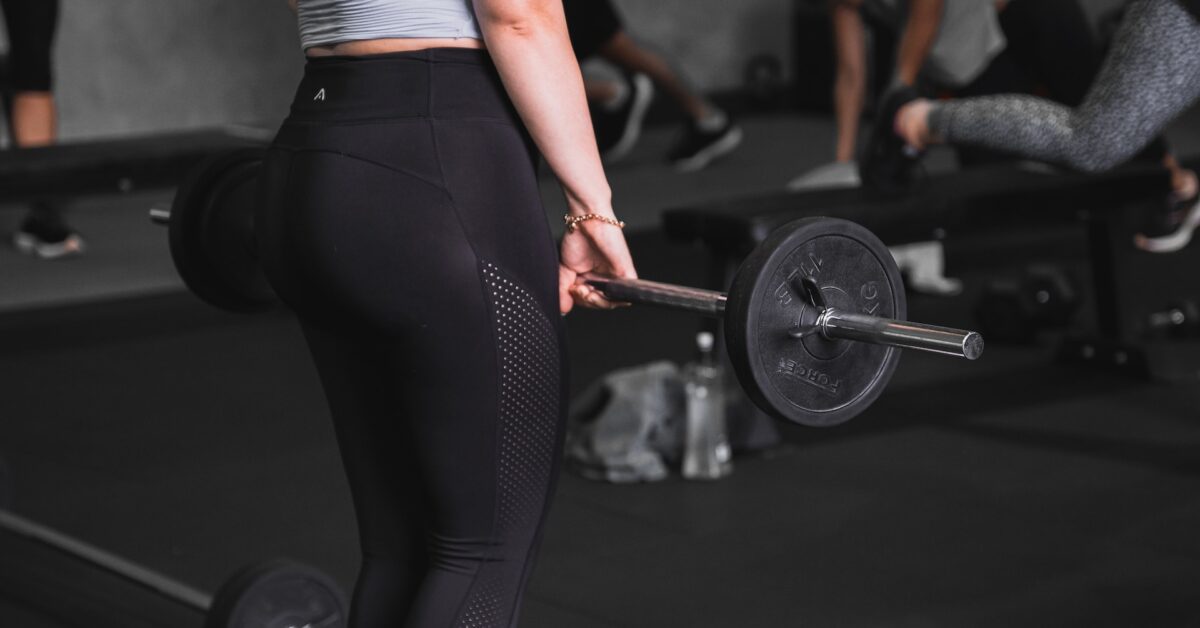Whether at the gym or doing an outdoor workout, wearing the right athletic clothing can make all the difference. It improves performance, reduces injury risk, regulates body temperature, and triggers a habit. But before you go out and buy new workout clothes, do a little research to find out what type of fabric is best for you. There are many options, and knowing what benefits to look for can help you choose the best fit for your body.
Stretchability
Stretchability is a major advantage of wearing a thin athletic material, especially when exercising. Not only can it provide the best fit, but it also helps you perform better. Wearing tighter clothes can make you chafe, cramp, or, even worse – lose focus on your workout. While there are many stretchy fabrics, one that stands out is spandex woven into a fabric called lycra or nylon. This stretch woven fabric is designed to keep you cool and dry while helping to prevent sweat stains from forming. Spandex is made from an elastomeric polymer, which is a pretty impressive engineering feat. In addition to being a stretchy material, it is also hypoallergenic and odor-resistant.
The best part is that it can create a wide variety of sportswear options that are ideal for any activity, from high-intensity interval training to leisurely jogs and spin classes. For the discerning fitness buff, there is no substitute for a solid workout wardrobe. The key is choosing clothing that will help you feel your best and perform at your best while keeping you warm, dry, and stylish. The best way to do that is to select the right type of athletic clothing to meet your needs and budget. This is the most critical step in ensuring you get the most from your investment while still looking and feeling your best.
Moisture-Wicking
Wearing thin athletic material during workouts can keep you cool and comfortable while preventing sweat from clinging to your skin. This is especially important during hot and humid weather when sweat is a natural part of the body’s thermoregulation process. The science behind this phenomenon is called “capillary action.” This is where small spaces within a fabric allow the moisture (in this case, sweat) to move through them. From there, it spreads out to the fabric’s outer surface, where it evaporates, leaving you dry and comfortable.
It’s an extremely efficient process that reduces your body’s overall temperature and prevents you from overheating. This is a particularly good benefit during running, hiking, or weight training, where your skin heats up quickly.
However, some fabrics do not wick away sweat and may leave you feeling clammy or sticky. Cotton is an example of this, and it’s best to avoid it if you are working out hard or participating in a high-impact activity.
Another option is to choose a blend of synthetic and natural fibers that use moisture-wicking technology, such as poly-cotton. This type of fabric has the soft, comfortable feel of cotton with some of the performance properties of polyester or nylon. Moisture-wicking fabrics are also machine washable and are easy to care for. They resist pilling, fading, and shrinking and completely release odors in the laundry.
Breathability
Having sweat-resistant apparel that’s also breathable is a key component of being comfortable and ready to go when you get outside for your workout. Whether running, skiing, or hiking, your clothes must keep you dry while letting perspiration escape to the environment, where it can evaporate without getting trapped against your skin. Breathable fabrics are most useful for warm weather or in any activity where sweat is a major concern, as they help to cool you down by allowing your body heat to dissipate through the fabric and let cooler air move in. As you can imagine, the degree of breathability a fabric offers can vary greatly. Some fabrics, such as polyester, are highly breathable, while others may be less so. The thickness of the fabric and the construction of the fabric can also affect breathability.
Durability
Choosing the right activewear is a top priority for any fitness enthusiast. You need comfortable, lightweight clothes that can withstand the rigors of a rigorous workout. The best athletic attire is made from a blend of high-quality fibers strong enough to stand the test of time. To get the most out of your investment, consider a few key factors, like what you will be doing in the clothing and the weather you will be exercising in. The resulting outfit will serve you well for years to come. The most important determinant is the quality of the fabric, with particular attention paid to abrasion resistance and washability. The highest-performing garments should not be laundered or dried on a hanger but tumbled or hung flat. This is a good practice in any garment, but especially for sportswear since your workout wear will be subjected to a fair amount of abrasion.


